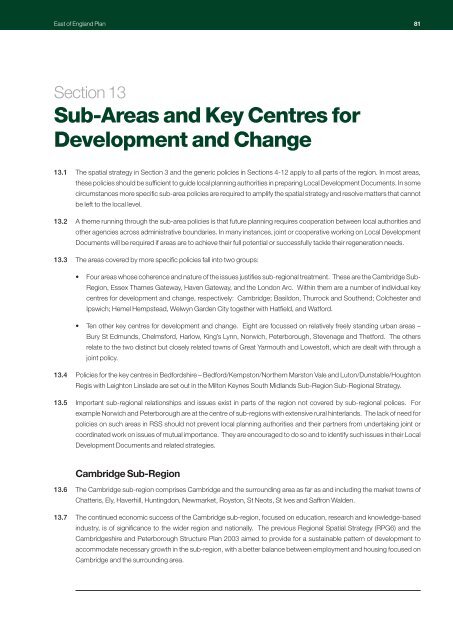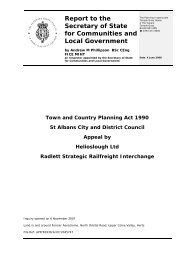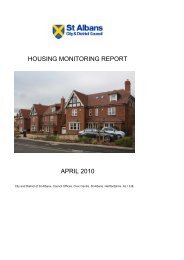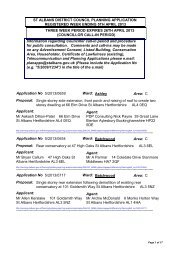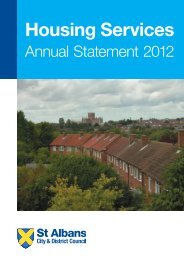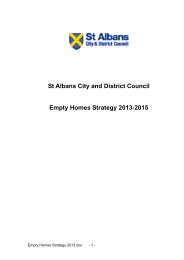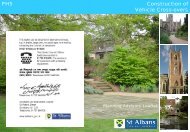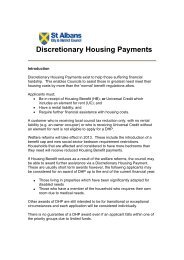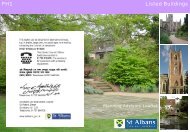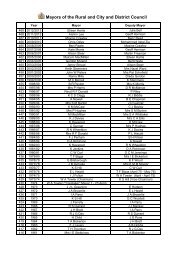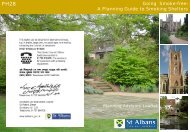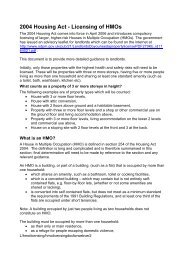RSS East Of England Plan - Broads Authority
RSS East Of England Plan - Broads Authority
RSS East Of England Plan - Broads Authority
Create successful ePaper yourself
Turn your PDF publications into a flip-book with our unique Google optimized e-Paper software.
<strong>East</strong> of <strong>England</strong> <strong>Plan</strong> 81<br />
Section 13<br />
Sub-Areas and Key Centres for<br />
Development and Change<br />
13.1 The spatial strategy in Section 3 and the generic policies in Sections 4-12 apply to all parts of the region. In most areas,<br />
these policies should be sufficient to guide local planning authorities in preparing Local Development Documents. In some<br />
circumstances more specific sub-area policies are required to amplify the spatial strategy and resolve matters that cannot<br />
be left to the local level.<br />
13.2 A theme running through the sub-area policies is that future planning requires cooperation between local authorities and<br />
other agencies across administrative boundaries. In many instances, joint or cooperative working on Local Development<br />
Documents will be required if areas are to achieve their full potential or successfully tackle their regeneration needs.<br />
13.3 The areas covered by more specific policies fall into two groups:<br />
• Four areas whose coherence and nature of the issues justifies sub-regional treatment. These are the Cambridge Sub-<br />
Region, Essex Thames Gateway, Haven Gateway, and the London Arc. Within them are a number of individual key<br />
centres for development and change, respectively: Cambridge; Basildon, Thurrock and Southend; Colchester and<br />
Ipswich; Hemel Hempstead, Welwyn Garden City together with Hatfield, and Watford.<br />
• Ten other key centres for development and change. Eight are focussed on relatively freely standing urban areas –<br />
Bury St Edmunds, Chelmsford, Harlow, King’s Lynn, Norwich, Peterborough, Stevenage and Thetford. The others<br />
relate to the two distinct but closely related towns of Great Yarmouth and Lowestoft, which are dealt with through a<br />
joint policy.<br />
13.4 Policies for the key centres in Bedfordshire – Bedford/Kempston/Northern Marston Vale and Luton/Dunstable/Houghton<br />
Regis with Leighton Linslade are set out in the Milton Keynes South Midlands Sub-Region Sub-Regional Strategy.<br />
13.5 Important sub-regional relationships and issues exist in parts of the region not covered by sub-regional polices. For<br />
example Norwich and Peterborough are at the centre of sub-regions with extensive rural hinterlands. The lack of need for<br />
policies on such areas in <strong>RSS</strong> should not prevent local planning authorities and their partners from undertaking joint or<br />
coordinated work on issues of mutual importance. They are encouraged to do so and to identify such issues in their Local<br />
Development Documents and related strategies.<br />
Cambridge Sub-Region<br />
13.6 The Cambridge sub-region comprises Cambridge and the surrounding area as far as and including the market towns of<br />
Chatteris, Ely, Haverhill, Huntingdon, Newmarket, Royston, St Neots, St Ives and Saffron Walden.<br />
13.7 The continued economic success of the Cambridge sub-region, focused on education, research and knowledge-based<br />
industry, is of significance to the wider region and nationally. The previous Regional Spatial Strategy (RPG6) and the<br />
Cambridgeshire and Peterborough Structure <strong>Plan</strong> 2003 aimed to provide for a sustainable pattern of development to<br />
accommodate necessary growth in the sub-region, with a better balance between employment and housing focused on<br />
Cambridge and the surrounding area.


